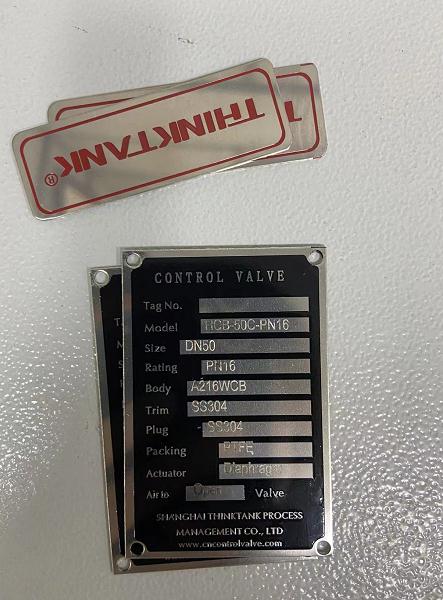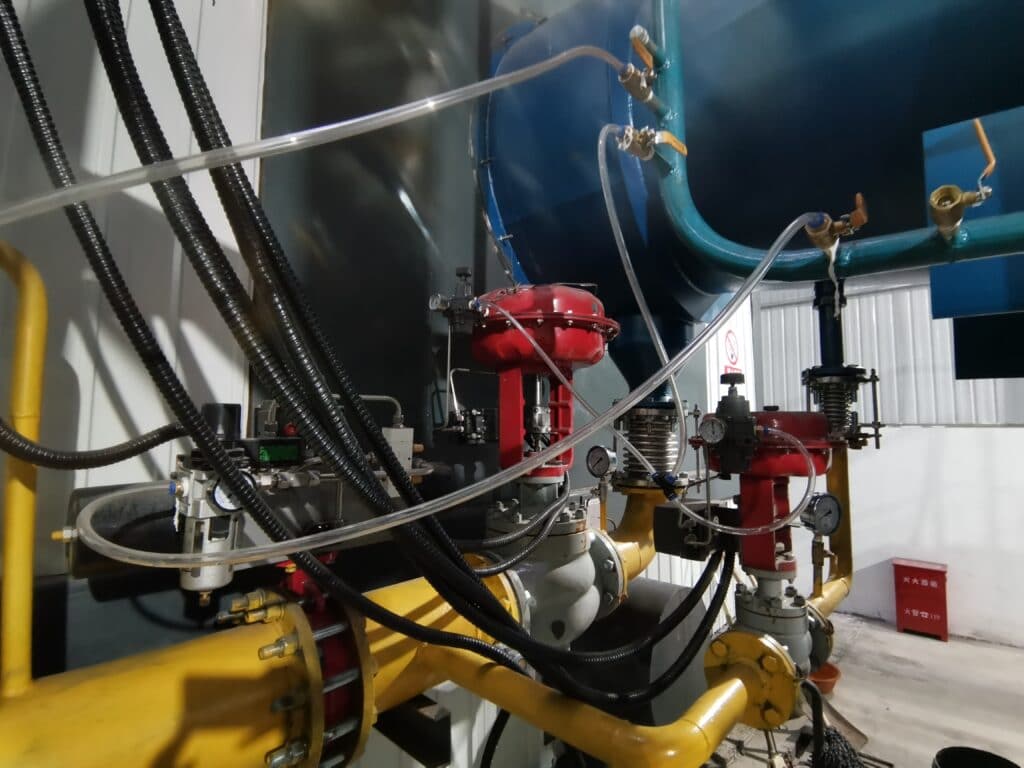If you want to install a pneumatic control valve (PCV), this is the only step-by-step guide you need.
What are PCV valves?
PCV valve is the abbreviation for pressure control valve, which usually consists of an electric or pneumatic actuator and a valve, it could be a globe type valve, butterfly type valve, segment ball type valve, eccentric plug valve type, etc.,
Many customers have installed the pneumatic control valve in the field, due to the lack of attention in the installation process, make the control valve plug block, unstable operation, and other phenomena. A minute for you to understand the pneumatic pressure control valve in the installation of matters needing attention before.
Notice on Installation for The Pneumatic Diaphragm Control PCV Valve
Step 1. Parameters Check
You need to carefully check the nameplate parameters before installation, to ensure that the parameters and working conditions of the control valve are in line with the actual use of demand.


Step 2. Horizontal Installation for PCV valve
To make sure the pneumatic pressure control valve work is stable, we should try to use the horizontal installation. The control valve should be used to avoid the installation in the vibration intensity of the occasion, such as location at the pump outlet. We can extension of the installation pipeline to avoid damage to the valve.

Step 3. Pipeline and valve in the same straight line.
Ensure that the pneumatic diaphragm pressure control valve and the processing pipeline are in the same straight line, while the actuator should be kept vertical.
Step 4. Double-headed bolts and metal wound gasket
Bolts to use double-headed bolts. Flange sealing gaskets are preferred to metal wound gaskets that can be reused many times to ensure the gasket reliability of the pneumatic pressure control valve.
Step 5. Bypass design
To ensure that the control valve uses sufficient maintenance space, general control valves are equipped with a bypass, the valve can be switched to bypass conditions in case of emergency, but in the installation of the bypass should pay attention to the control valve to leave a certain maintenance space, generally not less than 50cm distance.

Step 6. Blowdown and clean the pipeline
In the pneumatic diaphragm control valve before installation, the pipeline should be cleaned and blowdown to exclude dirt and welding slag. After installation, the pipeline and the valve should be cleaned again, and check the sealing performance of the valve and pipeline connections. When the first pass into the medium, the control valve should be in the fully open position to avoid impurities stuck.





